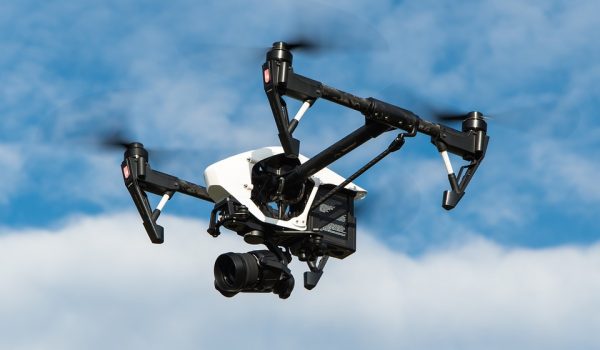
Yesterday, Japan became the fifth country to soft-land a spacecraft on the Moon. It did so more precisely than any other country, using precision technology that allowed it to touch down closer to its target landing site. However, a power failure may have occurred, preventing it from pursuing its research mission.
Japan’s Smart Lander for Investigating Moon (SLIM) touched down in its target area near Shioli crater, south of the lunar equator, early yesterday. It landed four months after lifting off from the Tanegashima Space Centre, on the south coast of Japan’s main island Honshu.
“SLIM has made it to the Moon’s surface. It has been communicating with our ground station and responding to commands from Earth accurately,” said Japan’s equivalent of NASA. “However, it seems that the solar cells are not generating electricity at this point, and the spacecraft is operating solely on its battery. The battery will last several more hours — those hours will be the remaining life of SLIM.” He said the agency will continue to monitor the lander, because there is still a chance that the panels could start working again.
The successful landing comes ten days after the launch of a commercial US spacecraft destined for the Moon — but a propellant problem will prevent it from landing as planned. It’s also been almost a year since a Japanese commercial lander experienced a failure and crashed into the Moon; lunar landings are notoriously difficult to pull off, and a commercial company has yet to do so.
In Asia, only China, India and Japan have put a spacecraft on the Moon.
Japan’s mission achieved its first goal — to land on the Moon with an unprecedented accuracy of 330 feet, much more precise than previous moon landings that landed within a few to dozens of miles from their target landing site. Japan used vision-based navigation technology, which images the surface as it flies across the Moon, and compares the images to those on stored maps.
Unfortunately, Japan’s lander may have rolled during its touchdown, preventing its solar cells from facing the Sun, and thus causing a power failure. Japan’s space agency said it has insufficient data to determine the lander’s posture or orientation. But if some sunlight reaches the solar cells, Japan’s probe may come back to life.
Two small robots were intended to eject from the spacecraft before touchdown. They were supposed to take images of the landed spacecraft that they would then send back to Earth, but it’s unclear whether they ever deployed.
If Japan’s probe can come back to life, scientists plan to use a specialized camera to search for the mineral olivine in the Moon’s mantle. “If we can detect the olivine’s components and compare it with its counterpart on Earth, it may offer new evidence to support the theory that the Moon was part of Earth long time ago,” Japan’s space agency said.



